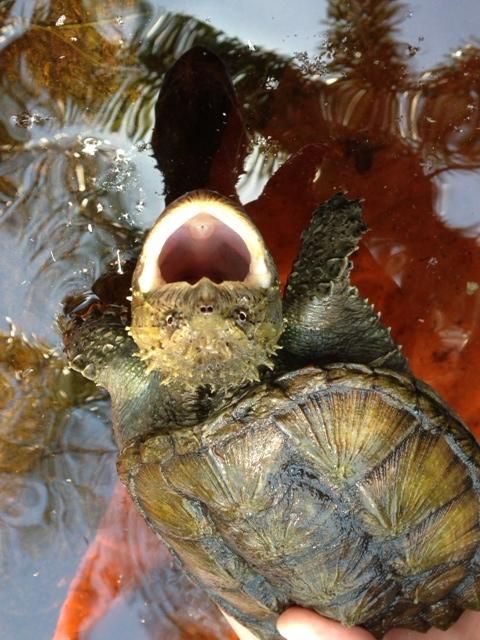Turtlepete
Well-Known Member
This is what happens when you leave the hose on….

"I'm Batman"
If at first you don't succeed…..
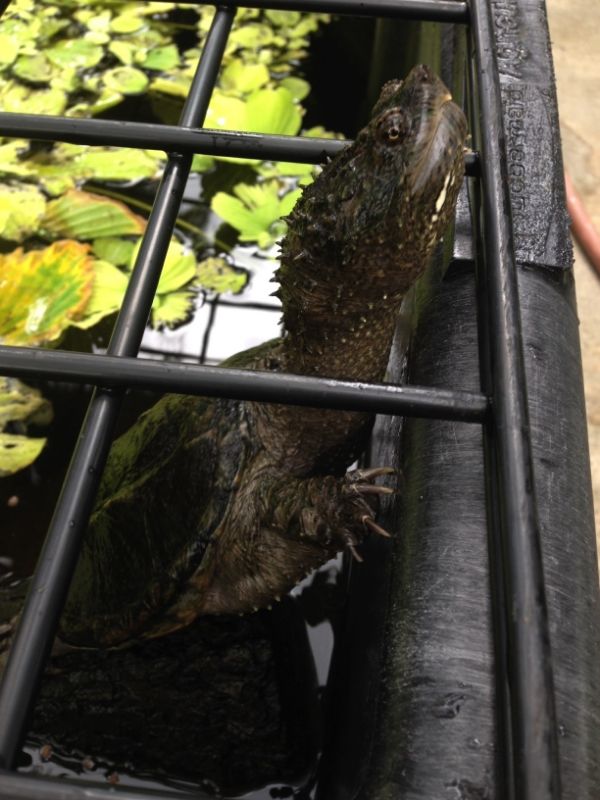
Try...
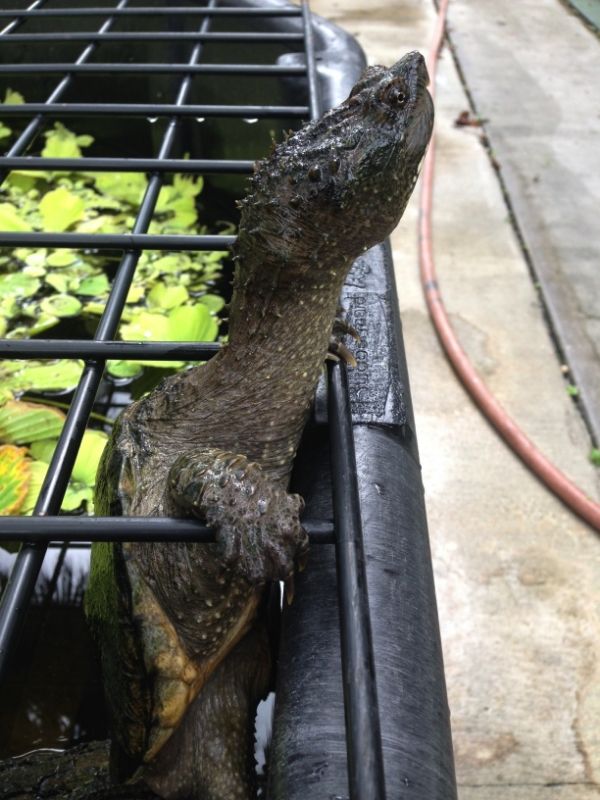
And try again.
This is literally my most photogenic turtle. I whip out my phone on this turtle and he/she freezes with a smile.
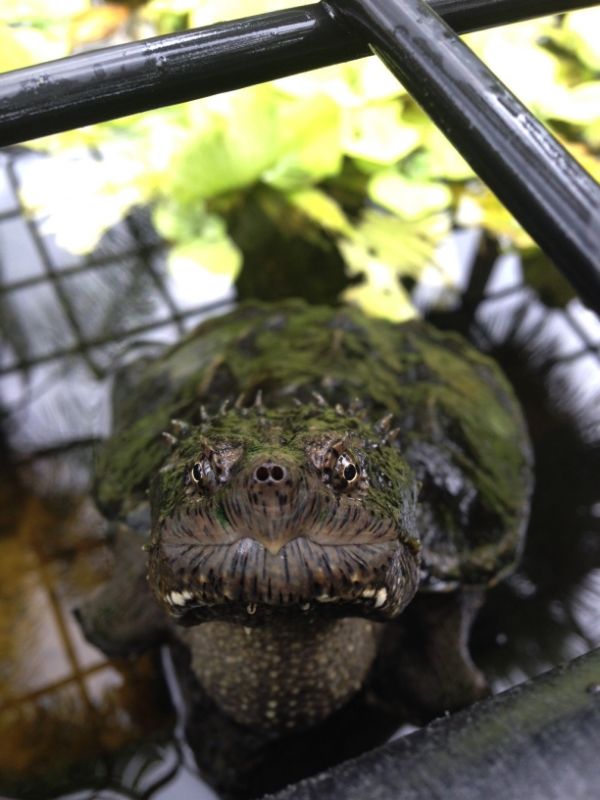
#Shell-fie
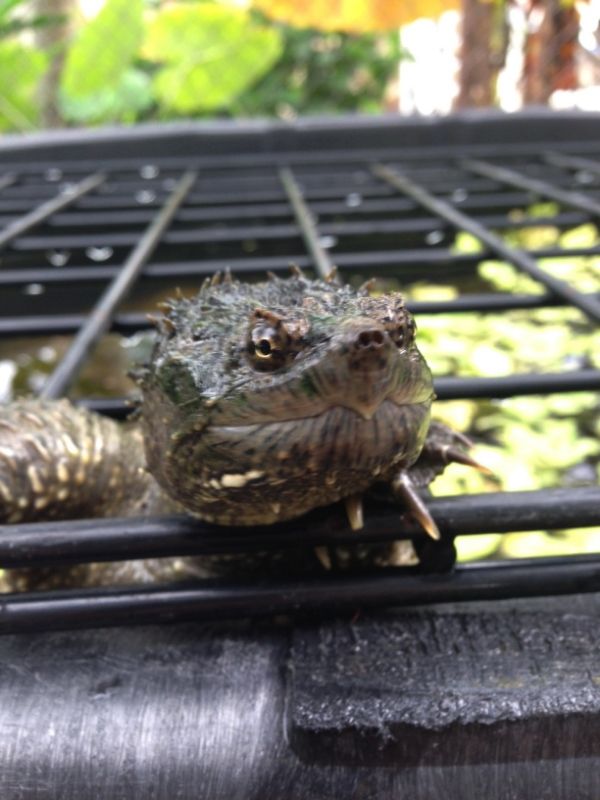

"I'm Batman"
If at first you don't succeed…..

Try...

And try again.
This is literally my most photogenic turtle. I whip out my phone on this turtle and he/she freezes with a smile.

#Shell-fie

